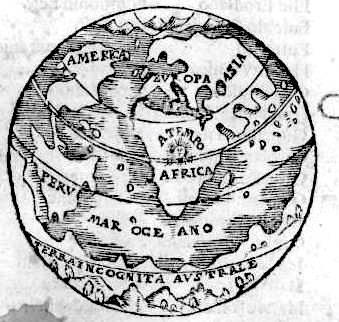O fazendeiro do Brazil (The Brazilian Farmer) was a compilation edited by Friar José Mariano da Conceição Velloso for the purpose of the colony’s economic development. Multiple volumes covered the production of spices, textiles, and dyes using a series of reports and articles translated from other sources into Portuguese. Velloso would eventually accompany the Portuguese royal family back to his native Brazil in 1807 when the Crown moved to Rio de Janeiro following Napoleon’s invasion in Europe.
While ostensibly a purely scientific work, O fazendeiro plays an interesting role in codifying labor across lines of race, class, and gender. The annotations shown here accompany an engraving discussing the planting and harvesting of indigo as a dye—men (negros) and women (negras) can be distinguished both by their appearance and the text’s annotations, delegated to different agricultural roles throughout the process. Are these people enslaved? How is agency partitioned when black bodies are indexed next to common tools like the hoe and the plow?
Citation
José Mariano da Conceição Velloso, O fazendeiro do Brazil. Volume 2, part 2. Lisboa: Na Regia officina typografica, 1800. [Catalogue Entry] [archive.org]

